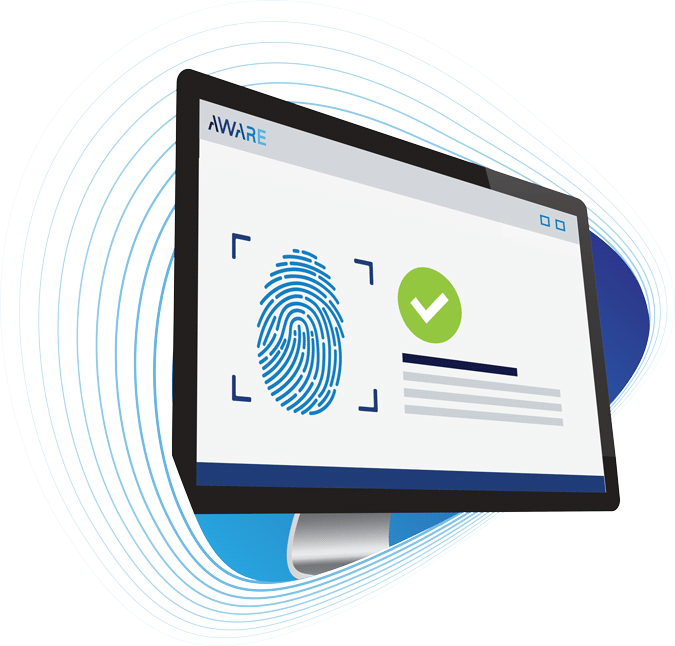Rise of Biometrics in the Cloud
ARTICLE | 2 minute read
Addressing Vendor Lock-In in ABIS Systems | White Paper
“Vendor lock-in” is a term that describes when a technology vendor imposes switching costs upon their customer—intentionally or otherwise—to make it unattractive for them to replace their installed products. It’s done by designing and deploying a system in such a way that makes it exceedingly difficult, risky, or expensive to replace part or all of the system. The effect is that the vendor can earn a virtual monopoly within that account on future product and service revenue. The phenomenon is universal, but vendor lock-in has occurred in the biometrics realm, typically involving deployment of an AFIS/ABIS (automated fingerprint/biometric identification [...]
Civil ABIS for Citizen ID and Border Management
ARTICLE | 7 minute read
Biometrics in government: Enhanced security and convenience for citizens
A brief history of biometrics Fingerprint-based identification began in law enforcement. An Argentine detective first solved a crime using a latent print (left behind by the perpetrator) in 1892. In 1901, detectives in England and Wales officially began using fingerprints in criminal identification. Their use snowballed from there. By 1946, the FBI managed a library of 100 million fingerprints, according to the U.S. Marshals Service. The agency developed the Automated Fingerprint Identification System (AFIS) in the 1970s to manage the massive and still-growing collection more effectively. AFIS became “Integrated AFIS” (IAFIS) in 1999 to help law enforcement agencies share [...]
WHITE PAPER | Biometrics in government: how cross-jurisdictional search services strengthen biometric identification
Governments worldwide rely on passports and the relatively limited biographic information they contain for identification of citizens in a variety of critical applications, such as immigration and border management. But they are increasingly using biometrics to augment their identity proofing efforts. Biometrics such as a fingerprint, face, and iris are more unique, consistent, and fraud-resistant than simple biographics like name and date of birth, making them useful as a conclusive identifier. This is not surprising, considering that the most critical data on passports is arguably the facial image; without it, a passport is useless. Download PDF here if [...]
Aware Biometrics Blog makes Top 25 Biometric Blogs list
ANNOUNCEMENT | 1 minute read
What is Biometrics as a Service? Benefits and Use Cases
Infographic Biometrics-as-a-Service (BaaS) solutions from Aware are an attractive alternative to traditional biometric software models. This technology allows organizations of all types - from governments to telecommunications companies - to quickly deploy and start using biometrics technology in their day-to-day identity management operations. In other words, with BaaS, you can start practicing fingerprint scanning and facial recognition to enroll employees and customers, thereby combating fraud and streamlining customer service, without costly, time-consuming and resource-intensive software acquisition and integration processes. Here's how it works: Aware hosts a biometrics platform in the cloud that has all the [...]














